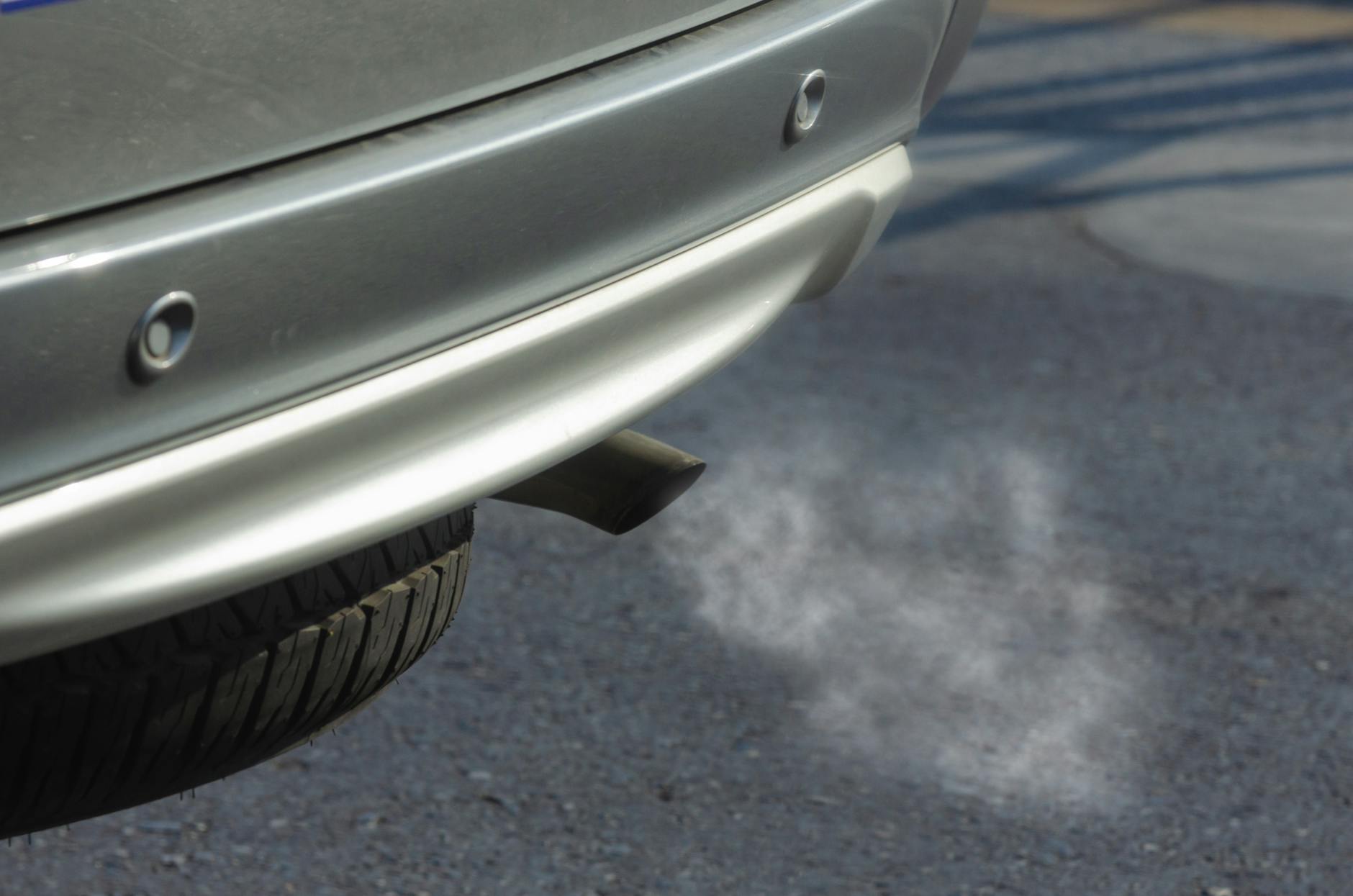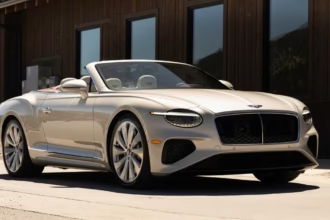A Bold Policy Driving Electrification Forward
The European Union’s 2035 zero-emission vehicle mandate is bold, requiring all new cars to be electric or hydrogen-powered. This landmark policy, announced via a European Commission press release, accelerates the global automotive sector’s shift toward sustainability, with profound implications for manufacturers, supply chains, and consumer behavior.
The global automotive sector faces mounting pressure to decarbonize, with 2024’s sluggish 1.7% growth highlighting economic challenges. The EU’s mandate, affecting a market of over 15 million annual vehicle sales, forces automakers to rethink strategies. Companies like Volkswagen and Stellantis, already investing heavily in EVs, stand to gain, while traditional players lagging in electrification risk market share erosion. The policy aligns with the global automotive sector’s electrification trend, where battery-electric vehicles reached a 15.2% share in Q1 2025.
This mandate will reshape supply chains, boosting demand for battery materials like lithium and cobalt. By 2030, the EU estimates a 40% increase in battery production capacity, fostering innovation in recycling and solid-state technology. However, geopolitical tensions could disrupt raw material access, challenging the global automotive sector’s resilience. Manufacturers must diversify sourcing to mitigate risks, a move that could redefine trade dynamics.
Consumer trends are shifting in response. With EV incentives and charging infrastructure expanding, European buyers are increasingly embracing electric models. Yet, affordability remains a hurdle, with EVs costing 20% more than combustion-engine cars. The mandate may spur price competition, benefiting consumers but squeezing automakers’ margins. This dynamic could ripple globally, as Asian and American markets face similar pressures to align with sustainability goals.
The policy also sets a precedent for global regulation. Countries like Canada and Japan may adopt similar mandates, creating a unified push for zero-emission vehicles. For the global automotive sector, adapting to this regulatory landscape is critical to long-term survival. As the EU leads the charge, its 2030 vision could catalyze a cleaner, more innovative automotive future, provided manufacturers navigate the economic and logistical hurdles ahead.






